By
analyzing pieces of Naples you can find by sure some stamps cancelled in a
kind of strange way, with a label written in a curve and with characters different
from the usual ones: they are the so called "flourish" (in
Italian language "svolazzo") cancellations, from the Italian
name given to them by the expert Enzo Vitozzi in a 1916 published work.
Once again I am "forced" to open a window on something not
really related to the stamps but to a not essential characteristic, in this
case the type of cancellation.
These types of cancellations do have a primary importance in the Naples stamps
collections; therefore at least a short mention is due.
The stamps of Naples were generally cancelled with a rectangular framed cancellation
(in italian language "in cartella") carrying in the center
the label "ANNULLATO" (Fig. 1).
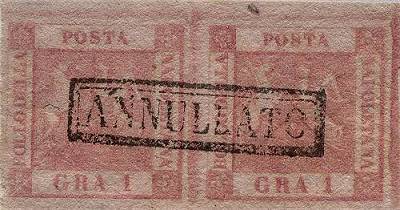
Fig. 1: the
cancellation "ANNULLATO" in frame
This kind of cancellation allowed often the reuse of the stamps with the complicity
of some Postal Officer who was canceling again the stamps by overlapping a
new cancellation to the existing one.
The Postal Administration, when aware of this misuse, to solve the problem
invented a very original system.
In 1860 an engraver, his name was Luigi Porta, was given the responsibility
to make cancellations in different shapes and characters. He caught the essence
of the sentence "Ducati 1,50 per ogni bollo, i quali esser dovendo
154, quante sono le Officine di posta speditrici, importano la spesa di Ducati
231" that sounds like "1.5 Ducati for each stamps, those
being 154 as many as the Offices that send mail, carry the expense of 231
Ducati" and implemented 154 cancellations in total, divided in 36
types of different shapes and characters. In that way by distributing the
cancellations to different locations it was practically impossible to reuse
the stamps in different Postal Offices because the cancellations cannot be
overlapped and therefore revealing the cheating.
From August 1860 the new cancellations were in use.
We know that these cancellations were used as long as until mid 1861 and therefore
we can find them in the stamps of the Neapolitan Provinces too (Fig. 2).
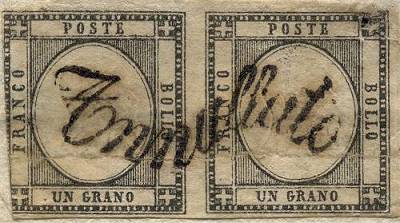
Fig. 2: the
type 24 "flourish" used on the Neapolitan Provinces
The "svolazzi" are always interesting and some usage is very
rare and in great demand.
I show here below all the flourish cancellations by specifying the locations
where they have been used. You should note that the same cancellations distributed
in different locations differ from some small detail of the letters; so even
the reproductions here showed may differ from the real cancellations by some
small detail.
Finally I inserted the recurrent Java applet through which is possible to
visualize single pieces with partial flourish followed by some couple or fragment
with the complete cancellation (Fig. 3 to 8).
I will really appreciate the availability of pictures from collectors to complete
the missing images.
THE TYPES OF "SVOLAZZO"
 |
 |
 |
|
Type
1 |
Type
2 |
Type
3 |
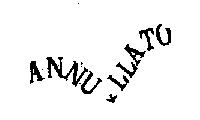 |
 |
 |
|
Type
4 |
Type
5 |
Type
6 |
 |
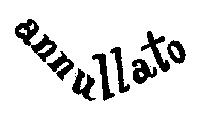 |
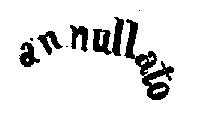 |
|
Type
7 |
Type
8 |
Type
9 |
 |
 |
 |
|
Type
10 |
Type
11 |
Type
12 |
 |
 |
 |
|
Type
13 |
Type
14 |
Type
15 |
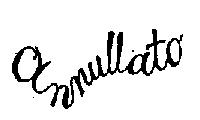 |
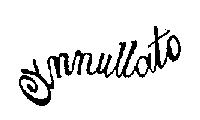 |
 |
|
Type
16 |
Type
17 |
Type
18 |
 |
 |
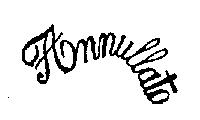 |
|
Type
19 |
Type
20 |
Type
21 |
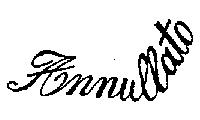 |
 |
 |
|
Type
22 |
Type
23 |
Type
24 |
 |
 |
 |
|
Type
25 |
Type
26 |
Type
27 |
 |
 |
 |
|
Type
28 |
Type
29 |
Type
30 |
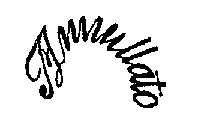 |
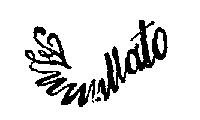 |
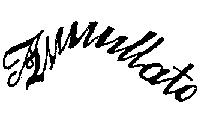 |
|
Type
31 |
Type
32 |
Type
33 |
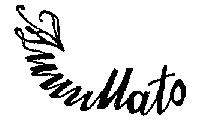 |
 |
 |
|
Type
34 |
Type
35 |
Type
36 |
 Type 37 Benevento, Tagliacozzo (used also nbr. 23) |
||
Visualize the partial cancellations
|
|
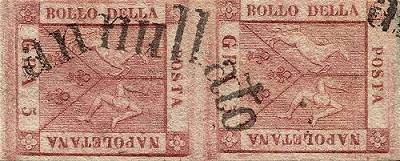
Fig. 3: "svolazzo"
nbr. 9
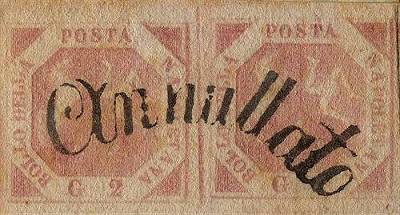
Fig. 4: "svolazzo"
nbr. 13
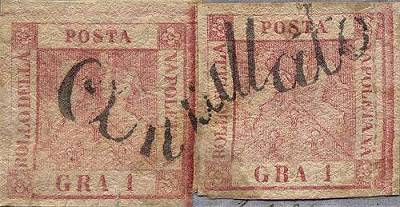
Fig. 5: "svolazzo"
nbr. 16

Fig. 6: "svolazzo"
nbr. 25
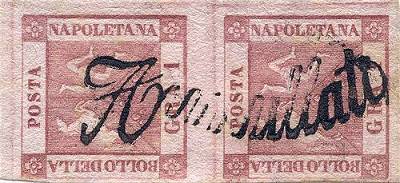
Fig. 7: "svolazzo"
nbr. 26
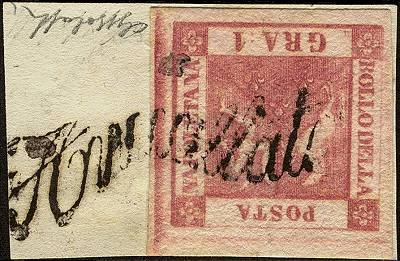
Fig. 8: "svolazzo"
nbr. 29
